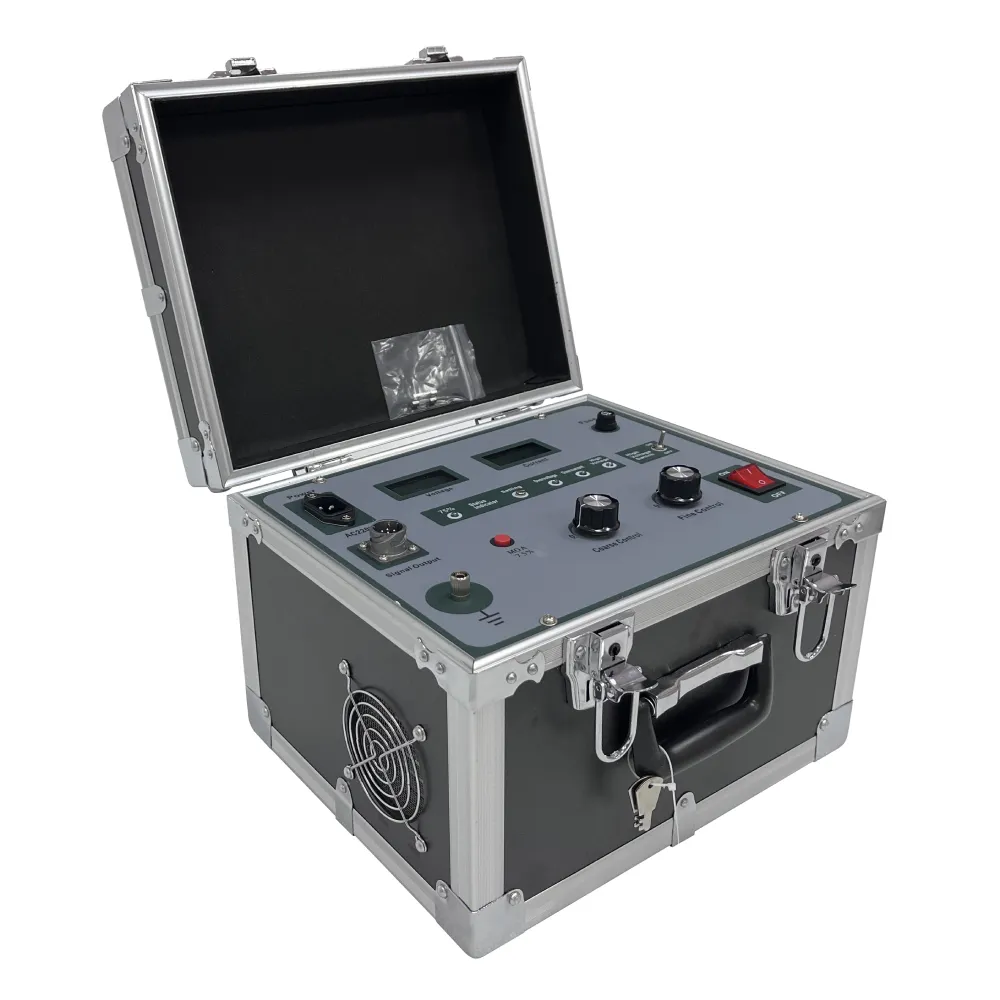TEL:
+86-0312-3189593
 English
English

Telephone:0312-3189593

Email:sales@oil-tester.com

-
 Afrikaans
Afrikaans -
 Albanian
Albanian -
 Amharic
Amharic -
 Arabic
Arabic -
 Armenian
Armenian -
 Azerbaijani
Azerbaijani -
 Basque
Basque -
 Belarusian
Belarusian -
 Bengali
Bengali -
 Bosnian
Bosnian -
 Bulgarian
Bulgarian -
 Catalan
Catalan -
 Cebuano
Cebuano -
 China
China -
 China (Taiwan)
China (Taiwan) -
 Corsican
Corsican -
 Croatian
Croatian -
 Czech
Czech -
 Danish
Danish -
 Dutch
Dutch -
 English
English -
 Esperanto
Esperanto -
 Estonian
Estonian -
 Finnish
Finnish -
 French
French -
 Frisian
Frisian -
 Galician
Galician -
 Georgian
Georgian -
 German
German -
 Greek
Greek -
 Gujarati
Gujarati -
 Haitian Creole
Haitian Creole -
 hausa
hausa -
 hawaiian
hawaiian -
 Hebrew
Hebrew -
 Hindi
Hindi -
 Miao
Miao -
 Hungarian
Hungarian -
 Icelandic
Icelandic -
 igbo
igbo -
 Indonesian
Indonesian -
 irish
irish -
 Italian
Italian -
 Japanese
Japanese -
 Javanese
Javanese -
 Kannada
Kannada -
 kazakh
kazakh -
 Khmer
Khmer -
 Rwandese
Rwandese -
 Korean
Korean -
 Kurdish
Kurdish -
 Kyrgyz
Kyrgyz -
 Lao
Lao -
 Latin
Latin -
 Latvian
Latvian -
 Lithuanian
Lithuanian -
 Luxembourgish
Luxembourgish -
 Macedonian
Macedonian -
 Malgashi
Malgashi -
 Malay
Malay -
 Malayalam
Malayalam -
 Maltese
Maltese -
 Maori
Maori -
 Marathi
Marathi -
 Mongolian
Mongolian -
 Myanmar
Myanmar -
 Nepali
Nepali -
 Norwegian
Norwegian -
 Norwegian
Norwegian -
 Occitan
Occitan -
 Pashto
Pashto -
 Persian
Persian -
 Polish
Polish -
 Portuguese
Portuguese -
 Punjabi
Punjabi -
 Romanian
Romanian -
 Russian
Russian -
 Samoan
Samoan -
 Scottish Gaelic
Scottish Gaelic -
 Serbian
Serbian -
 Sesotho
Sesotho -
 Shona
Shona -
 Sindhi
Sindhi -
 Sinhala
Sinhala -
 Slovak
Slovak -
 Slovenian
Slovenian -
 Somali
Somali -
 Spanish
Spanish -
 Sundanese
Sundanese -
 Swahili
Swahili -
 Swedish
Swedish -
 Tagalog
Tagalog -
 Tajik
Tajik -
 Tamil
Tamil -
 Tatar
Tatar -
 Telugu
Telugu -
 Thai
Thai -
 Turkish
Turkish -
 Turkmen
Turkmen -
 Ukrainian
Ukrainian -
 Urdu
Urdu -
 Uighur
Uighur -
 Uzbek
Uzbek -
 Vietnamese
Vietnamese -
 Welsh
Welsh -
 Bantu
Bantu -
 Yiddish
Yiddish -
 Yoruba
Yoruba -
 Zulu
Zulu
Feb . 02, 2025 02:17
Back to list
insulation resistance multimeter
When it comes to ensuring the proper functionality of electrical transformers, using a multimeter for testing is an indispensable skill. This practical guide provides a comprehensive approach to checking a transformer with a multimeter, offering insights grounded in professional experience and electrical expertise. Accuracy in these tests can prevent equipment failure, ensuring safety and reliability in any electrical system.
To confirm the transformer's operational efficacy, an AC voltage test can be performed. Reconnect the transformer to a suitable power source. Set the multimeter to AC voltage mode and measure the input voltage at the primary winding, noting the reading. Then, measure the output voltage across the secondary terminals. Compare these readings with the manufacturer's specifications. Significant variances may indicate internal faults such as winding damage or inadequate connections. Building trust in your testing practices involves careful documentation of all readings and any anomalies found. These records not only ensure compliance with electrical codes but also provide a valuable reference for future maintenance or troubleshooting. Expertise in transformer testing extends beyond mere technical skills—it requires an understanding of transformer specifications and typical failure modes. Rely on credible sources like manufacturer datasheets and industry standards for reference, ensuring your practices align with current technical benchmarks. Finally, fostering credibility in your testing regime involves recognizing the limits of multimeter testing. Complex transformer issues may necessitate advanced diagnostic tools or professional consultation, emphasizing a responsible approach to resolving intricate electrical challenges. By mastering these techniques, grounded in deep experience and sound technical principles, you ensure the longevity and safety of electrical systems reliant on transformers. If challenges exceed your expertise, consulting with qualified professionals is paramount to maintaining system integrity.


To confirm the transformer's operational efficacy, an AC voltage test can be performed. Reconnect the transformer to a suitable power source. Set the multimeter to AC voltage mode and measure the input voltage at the primary winding, noting the reading. Then, measure the output voltage across the secondary terminals. Compare these readings with the manufacturer's specifications. Significant variances may indicate internal faults such as winding damage or inadequate connections. Building trust in your testing practices involves careful documentation of all readings and any anomalies found. These records not only ensure compliance with electrical codes but also provide a valuable reference for future maintenance or troubleshooting. Expertise in transformer testing extends beyond mere technical skills—it requires an understanding of transformer specifications and typical failure modes. Rely on credible sources like manufacturer datasheets and industry standards for reference, ensuring your practices align with current technical benchmarks. Finally, fostering credibility in your testing regime involves recognizing the limits of multimeter testing. Complex transformer issues may necessitate advanced diagnostic tools or professional consultation, emphasizing a responsible approach to resolving intricate electrical challenges. By mastering these techniques, grounded in deep experience and sound technical principles, you ensure the longevity and safety of electrical systems reliant on transformers. If challenges exceed your expertise, consulting with qualified professionals is paramount to maintaining system integrity.
Latest news
-
Testing Equipment Industry Sees Major Advancements in 2025: Smart & Precision Technologies Lead the WayNewsJun.06,2025
-
Applications of Direct Current Generators in Renewable Energy SystemsNewsJun.05,2025
-
Hipot Tester Calibration and Accuracy GuidelinesNewsJun.05,2025
-
Digital Circuit Breaker Analyzer Features and BenefitsNewsJun.05,2025
-
Benefits of Real-Time Power Quality Monitoring Devices for Industrial EfficiencyNewsJun.05,2025
-
Earth Fault Loop Testing in High-Rise Building Electrical SystemsNewsJun.05,2025



